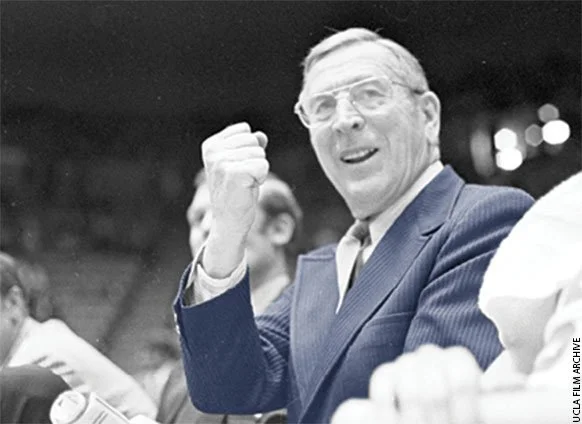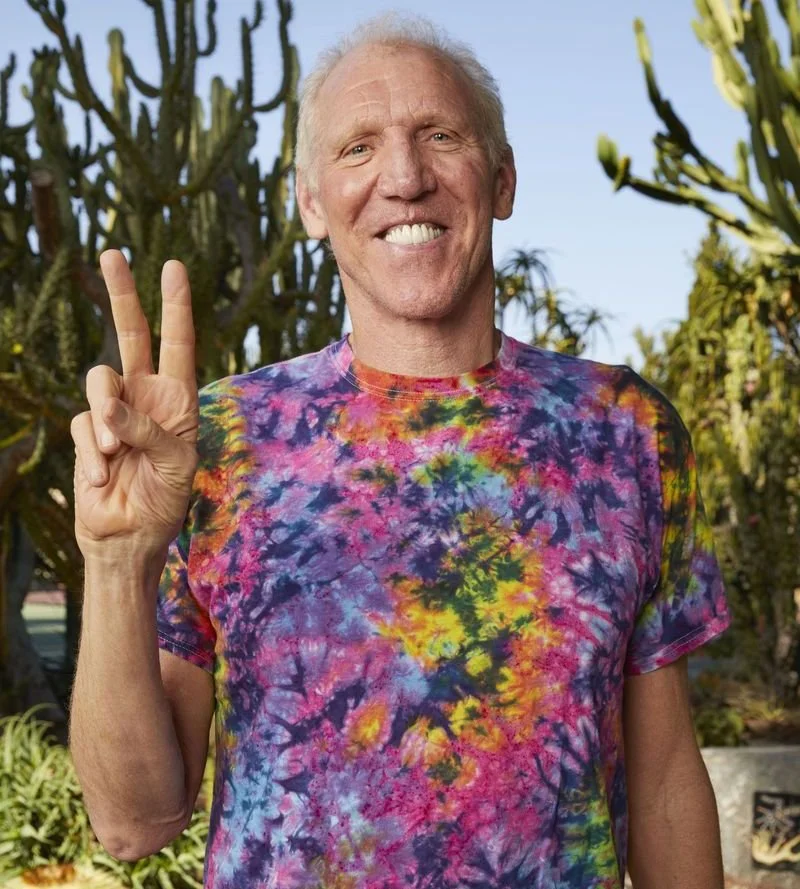Be Quick. Don’t Hurry.
I saw recently that McKinsey, a smarty-pants consulting firm, ID’d the Top 10 most read articles in their recent content library. Number one is the leading topics from Davos.
Roll your eyes now.
It’s interesting though. They identified that the number one topic was speed, citing the following statistics.
Compared with peers in slow-moving companies, leaders in fast-moving organizations report 2.1 times higher operational resilience, 2.5 times higher financial performance, 3.0 times higher growth, and 4.8 times higher innovation.
McKinsey’s people work across entire enterprises, but for our purposes today let’s think about it as it relates to communications and crisis response.
The Need for Speed
First of all, Maverick, we can all see that we need to respond faster (and with more agility, to borrow a related term) than we used to. We used to measure our response time in news cycles and now we measure it in minutes.
It isn’t all doom and gloom. Yes, we need speed in a crisis or to avoid a crisis, but we also need it to capitalize on perishable moments in the public’s attention, as Oreo did during the Super Bowl blackout a few years ago.
So, it’s not news we need to be able to communicate fast. The data about the operational improvements, however, is new and compelling.
Be Quick, Don’t Hurry
I’d like to introduce you to this man: John Wooden.
John Wooden was a legendary basketball coach who won 10 national championships at UCLA. But don’t let that fool you—his training in life came from being an Indiana farm boy.
One of his sayings was that you need to “be quick, don’t hurry.”
Why is this important? Because when pressed for time, we sometimes operate recklessly. Speed can be dangerous and it can kill. Ask Maverick (poor Goose), the Highway Patrol, etc. When we move fast, we are more prone to mistakes and misjudgment. We don’t always have all the information and we can be overly influenced by noise.
Aside: don’t over-worry this part. Remember all the things that were colossally ballsed up when you were going slow.
The point is that effective speed, controlled speed, is what we need, and it is the result of skill, preparation and mindset (or culture).
There are no time outs
In 1974, UCLA had won 88 straight games. 100% true. And they were playing at Notre Dame and they were in trouble.
Bill Walton, one of the great players of all time, was on that team. (Also, a legit eccentric). He has often told the story of that game, including that John Wooden rarely if ever called time out.
He didn’t see any reason to. The team had practiced every situation and all they had to do was execute what they had practiced. What purpose was there to call time out?
The point is that Wooden prepared his teams for situations before they happened. Crisis survival: the key to surviving a crisis is the actions you took before the crisis happened.
Also, we aren’t playing basketball. We can’t call time out anyway.
How can organizations and communicators prepare to be fast but not hurry?
The most important thing, as always, is culture and alignment. The team gains speed because they spent time deciding in advance the tone and voice that they will take with content. When a crisis hits, everyone in the organization has to know their role and do their job to implement what was already decided and do it fast. No overthinking. “No, just let me be the devil’s advocate here.” No freelancing. No on-the-fly tweaking.
Tequired data and information is provided completely and in real time. Content originators are focused on fidelity, accuracy and clarity from the very first draft. Needed approvals are provided right away.
The importance of strong stakeholder relationships
Last thing. There is one additional element you can use to succeed in crisis communications: create affinity among your stakeholders. Build a relationship proactively with them, but also strengthen the relationship by including them in the crisis content. This is envisioned in the Resilient5 program.


